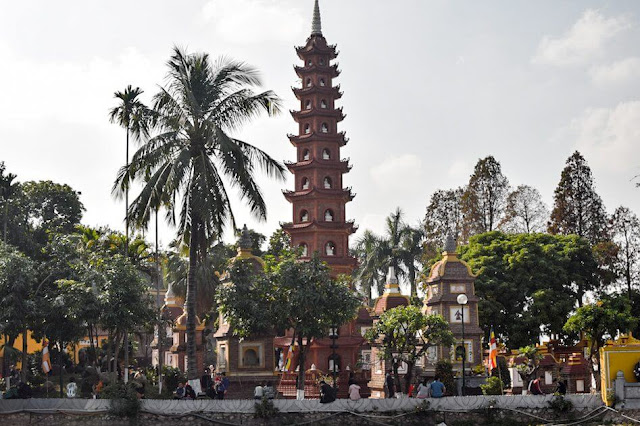Vietnam’s Lunar New Year, also called Tet, is the most crucial event in Vietnamese tradition. Tet marks the arrival of spring based on the lunisolar calendar, it will be between January and February as usual, after New Year’s Day. Tet occurs from the first day of the first month in Vietnamese lunar calendar to the third day or even more. Occasionally, all Vietnamese people have around 1 week off during Tet holiday, the length of the holiday depends on the change in lunar calendar annually.
How to calculate Tet
Different from the Gregorian calendar, Lunar Calendar has a fix number of twelve months with 30 days each, and a leap-year will have a whole intercalary month instead of the 29th day of February. The new year of Lunar Calendar normally will start in late January or beginning of February according to Gregorian calendar. That explains why Tet days vary from year to year, it is because the leap month may fall shorter or longer which create a smaller or bigger gap between the two calendars.
How to say Happy New Year in Vietnamese
Like
Thai and
Chinese, Vietnamese is a tonal language, making pronunciation a challenge for English speakers.
Regardless, locals will understand your attempts through context. You can wish people a happy new year in Vietnamese by telling them "chúc mừng năm mới." Pronounced roughly as it is transliterated, the greeting sounds like "chook moong nahm moi."
How to celebrate Tet
Since Tet occupies an important role in Vietnamese’s religious beliefs, Vietnamese will begin their preparations well in advance of the upcoming New Year. In an effort to get rid of the bad luck of the old year, people will spend a few days cleaning their homes, polishing every utensil, or even repaint and decorate the house with kumquat tree, branches of peach blossom, and many other colorful flowers. The ancestral altar is especially taken care of, with careful decoration of five kinds of fruits and votive papers, along with many religious rituals. Everybody, especially children, buy new clothes and shoes to wear on the first days of
New Year. People also try to pay all their pending debts and resolve all the arguments among colleagues, friends or members of family.
Like other
Asian countries, Vietnamese believe that the color of red and yellow will bring good fortune, which may explain why these colors can be seen everywhere in
Lunar New Year. People consider what they do on the dawn of Tet will determine their fate for the whole year, hence people always smile and behave as nice as they can in the hope for a better year. Besides, gifts are exchanged between family members and friends and relatives, while children receive lucky money kept in red envelope.
No matter where Tet is celebrated, it must be clarified from the beginning that Tet is not a day, but several days of celebration.
What to eat on Lunar New Year
When it comes to Tet holiday, there are some traditional dishes you should try to find in a Vietnamese restaurant
•
Fatty pork braised with duck egg in coconut juice – Thit kho hot vit
•
Pickled onion – Dua hanh
•
Pickled small leeks with dried shrimp and century egg – Tom kho, hot vit bach thao va cu kieu
•
Square glutinous rice cake – Chung cake
•
Banana glutinous rice cake – Banh tet chuoi
•
Bitter melon soup – Canh kho qua
•
Spring rolls southern style – goi cuon
Read more:
10 traditional Vietnamese New Year dishes
If you are invited to be a guest, you should…
Prepare a few red envelopes to give the children of the family. Normally, people put 50,000 VND or $2 USD in the envelope (because
Vietnamese consider 2 dollars to be lucky money). However, you can also put the smallest bill of your currency in the envelope.
Dress up in Ao Dai or any piece of clothing that has a vibrant or bright color. White is acceptable to some families but avoid wearing black and dark colors.
Bringing a gift basket or cards to give the head of the family is optional but you should do so to show your goodwill.
If you make a wish to the family members or a friend, follow these simple rules as wish for health to the elderly, intelligence and happiness to the children, prosperity and luck to the rest.
Receive lucky money with both of your hands. This is how we show our respect to other people.
And wish
•
Chuc mung nam moi – Happy New Year
•
Van su nhu y – Everything you wish will come true!
•
An khang thinh vuong – Security and prosperity
•
Doi dao suc khoe – Plenty of health
•
Song lau tram tuoi – Live up to 100 years old (only say this to the elderly)
•
Tien vo nhu nuoc – Money will flow in your pocket
Source Internet






































